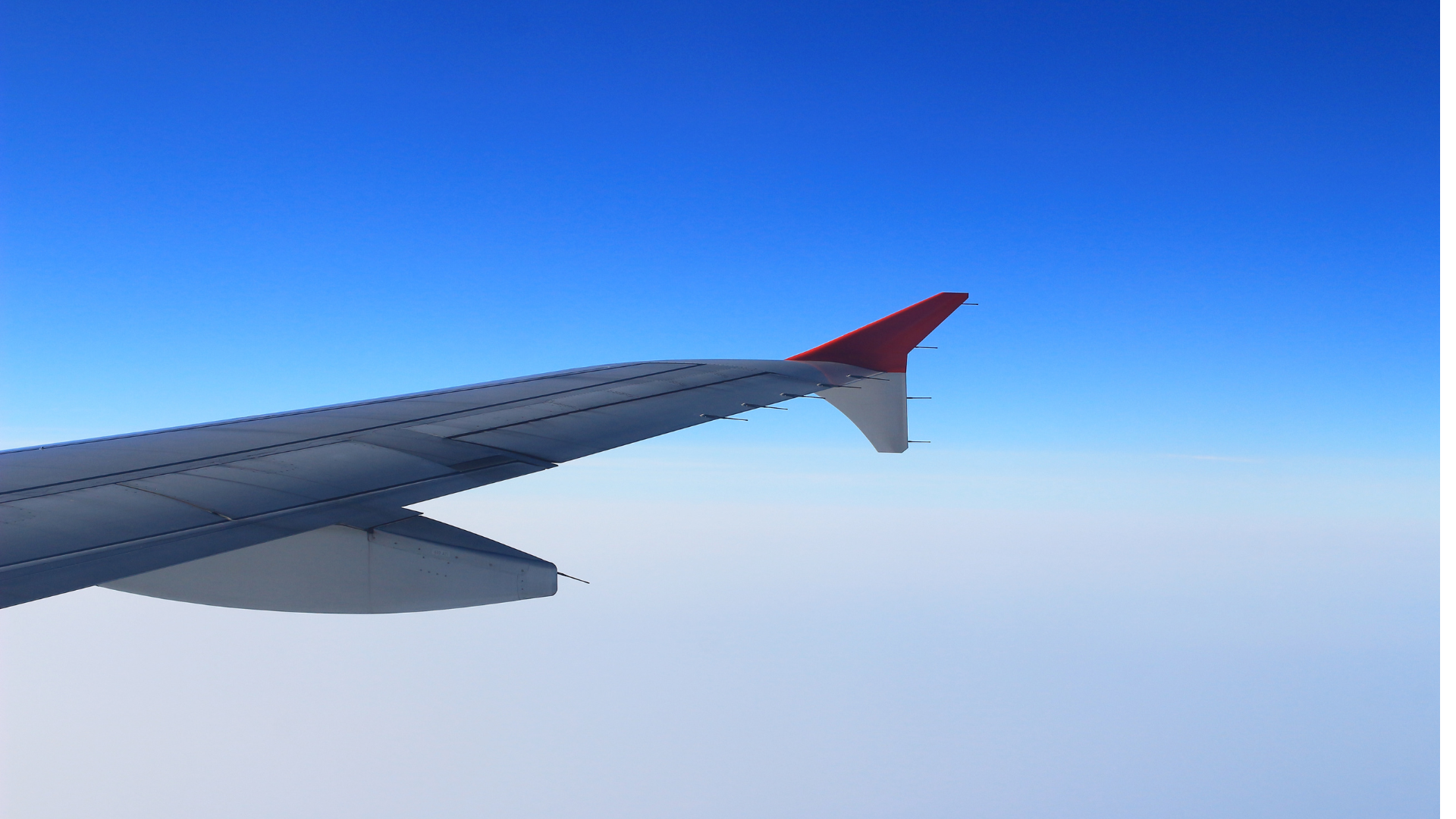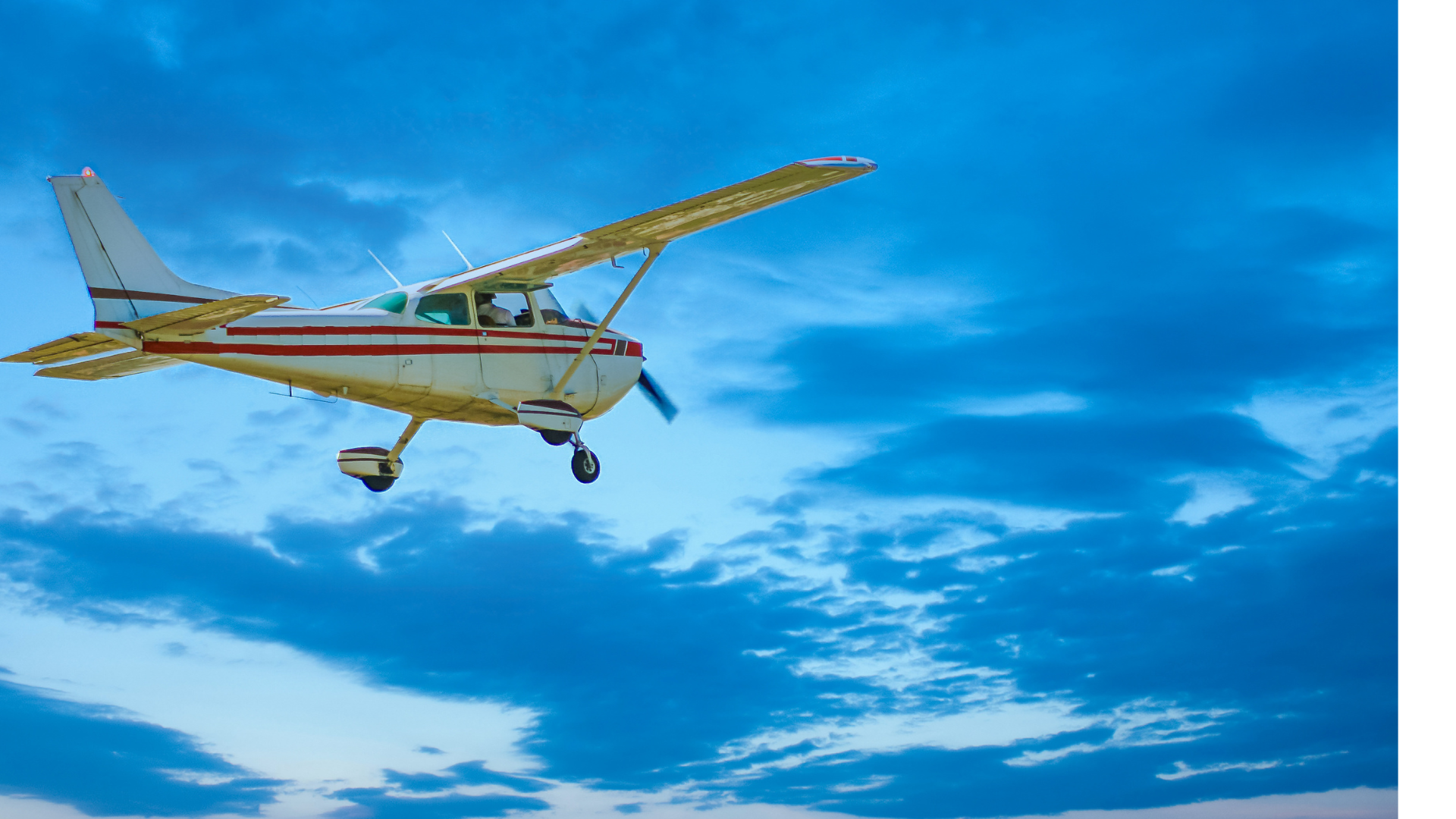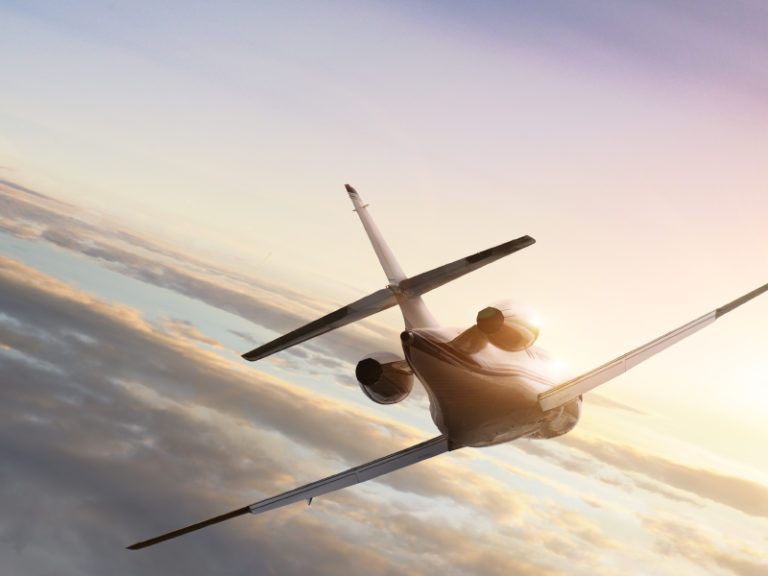Adverse yaw is a reality of flying that each pilot must learn to combat in order to successfully fly safely and effectively.
[lwptoc skipHeadingLevel=”h3″]
Adverse yaw is the tendency of an airplane, when turning and banked, to go the opposite direction.
The way an airplane banks is by deflecting its ailerons. The ailerons are the hinged part of an airplane wing. They are located by the tip of the airplane’s wing, as part of the trailing edge.
Prior to the use of ailerons, airplanes performed roll control via wing warping, in which the tips of the wings were moved by wires controlled by the pilots’ feet.
When the airplane is in a left turn, for example, the left aileron deflects upwards, and the right aileron deflects downward. This increases the lift on the right wing and decreases the lift on the left wing. The result is a bank to the left and the same is true for the opposite side.
A byproduct of generating lift is a drag, which means that the right-wing has more overall drag, and the airplane tries to yaw its nose to the right. Here is a closer look at what adverse yaw is and how it affects flying.
Adverse Yaw and the Rudder

Rudders play an important role in managing adverse yaw. The rudder’s job is to counter the adverse yaw created by the ailerons.
Many student pilots think that the rudder is what turns the airplane because there are many parallels between the rudder of a boat and the rudder of an aircraft. Instead, the rudder counters the adverse yaw generated by deflecting ailerons.
What actually turns an airplane is the horizontal component of lift, which is the amount of lift generated by an airfoil that is aligned with the horizon. The wings are now pointing the lift of the airplane to the side; the nose of the airplane pulls away from the turn. The rudder prevents the nose from completing the action. Correct rudder input is vital while banking because of this reason.
When aileron and rudder are properly coordinated, adverse yaw is countered.
Just as in the wing warping technique developed by Wilber and Orville Wright, rudders work by the pilot stepping on a pedal (one of two) to help maintain control. A common mistake many pilots make while performing a banking maneuver is to press the rudder too long, maintaining the hold too long during the turn.
Other pilots do not remember to use the rudder at all, which means that the airplane will still turn, but it will be fighting a great deal of unchecked drag. This can slow down the airplane and make its flight more inefficient. In a worst-case scenario, the airplane will slow to an aerodynamic stall.
On the other hand, staying on the rudder too long is not optimal either. It still results in an uncoordinated turn, meaning that the airplane will generate extra drag. It might stall in this situation as well.
Differential Ailerons and Frise Ailerons

As aircraft engineering moved past wing warping and the development of ailerons, two different types of ailerons came to the fore.
One is called differential aileron. This form of aileron works by displacing the air at a larger difference the downward deflecting aileron is. The greater deflection aileron brings in increased drag, which counteracts adverse yaw.
The best-known airplane to have differential ailerons is the de Havilland Tiger Moth, an airplane designed in the United Kingdom. The Tiger Moth, a biplane developed in the 1930s, was flown by the British Royal Air Force. It was mostly used as a training aircraft. The Tiger Moth’s design placed the ailerons on its lower wing; a bellcrank turned by metal cables controlled the mechanism.
Frise ailerons, on the other hand, were developed by Bristol Aeroplane Company engineer Leslie George Frise at about the same time as differential ailerons. It was featured on many airplanes flown between World War I and World War II, including the B-17, the Spitfire, and the Hurricane.
In this type of aileron, the hinge is located below or on the lower part of the wing. The attachment point of the aileron can be as narrow or wide as necessary. It lowers air flow from the higher pressure beneath the wing to the lower pressure on the surface. This not only decreases drag, it lowers the possibility of ice forming on the wing. A Frise aileron is designed with a nose. It extends beyond the lower surface of the wing to help tamp down adverse yaw.
Airmanship and Adverse Yaw

Student pilots train to overcome adverse yaw in a number of ways. Sometimes the certified flight instructor takes the student into several banks from straight and level flight without using the rudder to demonstrate its importance. The student can then see how the nose of the airplane moves left and right because of adverse yaw.
The best way to use the rudder to counteract adverse yaw is to use the rudder as the airplane banks into the turn. As the pilot contributes this rudder input, the side pressure created on the tail, which is vertical and works in opposition to the turning action. This coordinated flight is verified on the instruments in the cockpit. One such instrument is the slip indicator, also called “the ball,” which warns the pilot if he or she is moving too far inside or outside a turn.
Seasoned flight instructors, however, do not require a slip indicator to know that the student is not coordinating the turn. The flight instructor can feel from his or her seat that a “slip” or “skid” is underway because he or she can discern gravity pulling to either the outside or inside. The student may not notice the same sensation because they may not be used to controlling the airplane and does not experience these feelings as a warning sign.
Practicing with proper rudder technique keeps the airplane in a coordinated turn. Students who are not comfortable with working on adverse yaw should discuss it with their instructor.
Read More:
Ready to soar in your aviation career?
Mr. Matthew A. Johnston has over 23 years of experience serving various roles in education and is currently serving as the President of California Aeronautical University. He maintains memberships and is a supporting participant with several aviation promoting and advocacy associations including University Aviation Association (UAA), Regional Airline Association (RAA), AOPA, NBAA, and EAA with the Young Eagles program. He is proud of his collaboration with airlines, aviation businesses and individual aviation professionals who are working with him to develop California Aeronautical University as a leader in educating aviation professionals.
